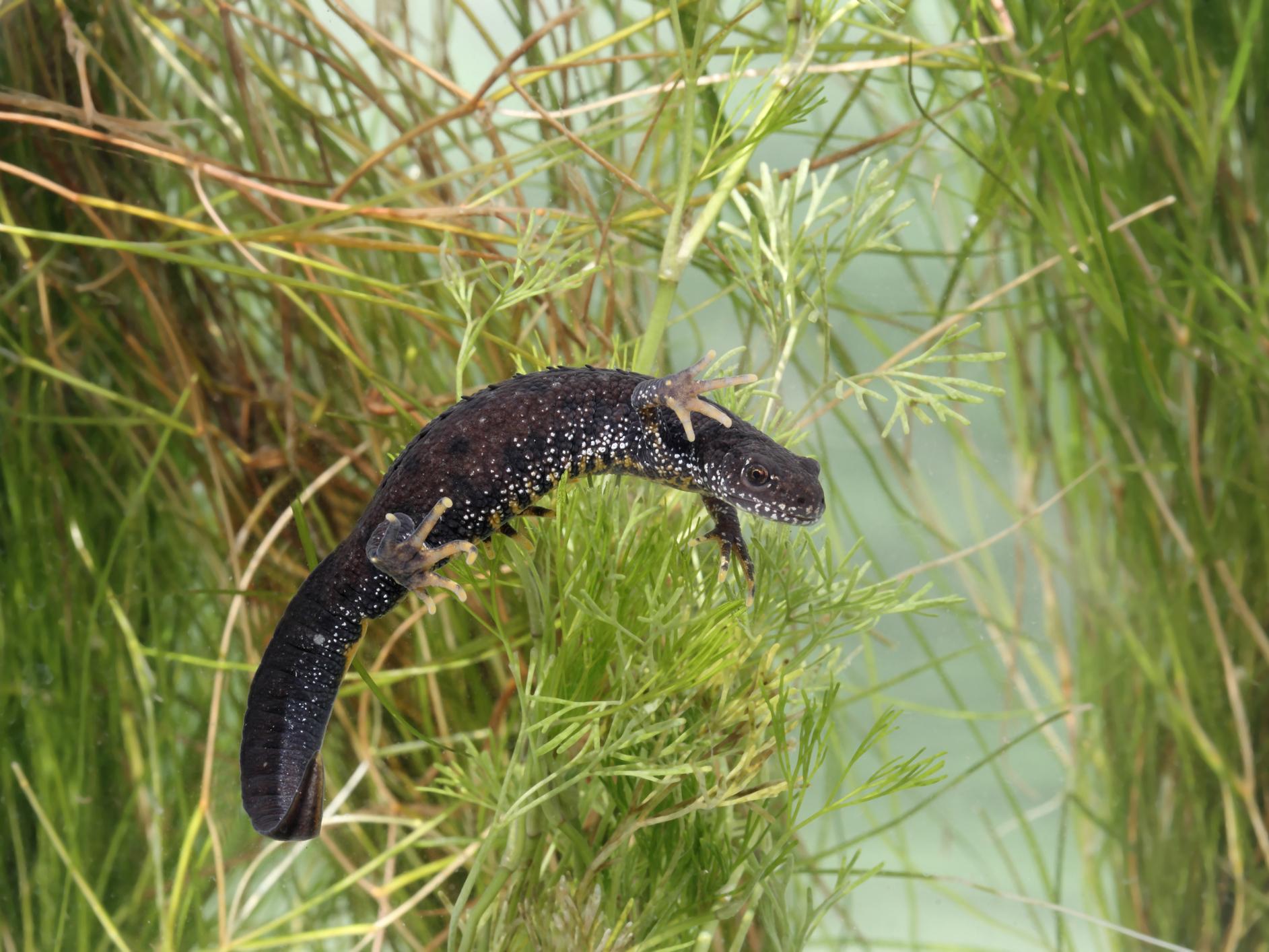Deadly fungus spread by trade in amphibians ‘could wipe out British newts’
'Salamander-eating' fungus would likely be 'impossible to stop' if it spread to wild animals in UK, scientists warn

Your support helps us to tell the story
From reproductive rights to climate change to Big Tech, The Independent is on the ground when the story is developing. Whether it's investigating the financials of Elon Musk's pro-Trump PAC or producing our latest documentary, 'The A Word', which shines a light on the American women fighting for reproductive rights, we know how important it is to parse out the facts from the messaging.
At such a critical moment in US history, we need reporters on the ground. Your donation allows us to keep sending journalists to speak to both sides of the story.
The Independent is trusted by Americans across the entire political spectrum. And unlike many other quality news outlets, we choose not to lock Americans out of our reporting and analysis with paywalls. We believe quality journalism should be available to everyone, paid for by those who can afford it.
Your support makes all the difference.A deadly “salamander-eating” fungus that is already causing havoc for European amphibians is rife in the pet trade, prompting fears it could spread to the UK’s vulnerable newts.
In a study partly funded by the British government, scientists found that seven of the 11 private amphibian collections tested from Western Europe were positive for the “Bsal” infection.
The diseases is caused by Batrachochytrium salamandrivorans, a fungus that has spread like wildfire from Asia and killed 99 per cent of fire salamanders in the Netherlands.
Experts are concerned some of the UK’s newts, which are already teetering on the edge of extinction thanks to habitat loss and intensive farming, could be the next victims of this plague.
They have warned that once the infection enters wild populations it could be “impossible to stop”.
The name “salamandrivorans” translates as “salamander eating”, a reference to its deadliness and the destruction of amphibian skin that results from infection.
Europe is known to be a major importer of live amphibians, with the most recent UK figures suggesting over 100,000 are imported legally each year as pets.
“The presence of Bsal in amphibian collections increases the risk of Bsal infection being transferred to nearby wild amphibian populations, for example, through contaminated wastewater or released or escaped animals,” said Professor Andrew Cunningham from the Zoological Society of London.
“The critical control point here is the prevention of the fungus being introduced into amphibian collections in the first place.”
After years of relatively unregulated trade, the EU has recently brought in regulations to control the movement of captive salamanders and newts to prevent the disease spreading.
Perhaps the biggest concern for scientists is that Bsal will take on the epidemic proportions of Bd, a closely related disease that has decimated hundreds of amphibian species around the world and caused many to go extinct.
“Once the fungus is in a wild population it is likely to be impossible to stop its spread and the loss of susceptible species,” said study leader Dr Liam Fitzpatrick.
“We already know that Bsal can be lethal to a number of European salamander species, so understanding ways in which the fungus could be introduced to new areas is essential in our efforts to conserve wild amphibians.”
Unlike its sister disease Bd, Bsal does not pose a massive risk to frogs and toads. However endangered species like the great crested newt are highly vulnerable to this threat.
Publishing their work in the journal Scientific Reports, the scientists called for biosecurity and sanitisation guidance to be given to those working in the pet trade so the problem can be stopped at its source.
“This will help ensure that both traded individuals are healthy, and our wild populations of amphibians are protected – before it’s too late,” said Professor Cunningham.
Join our commenting forum
Join thought-provoking conversations, follow other Independent readers and see their replies
Comments